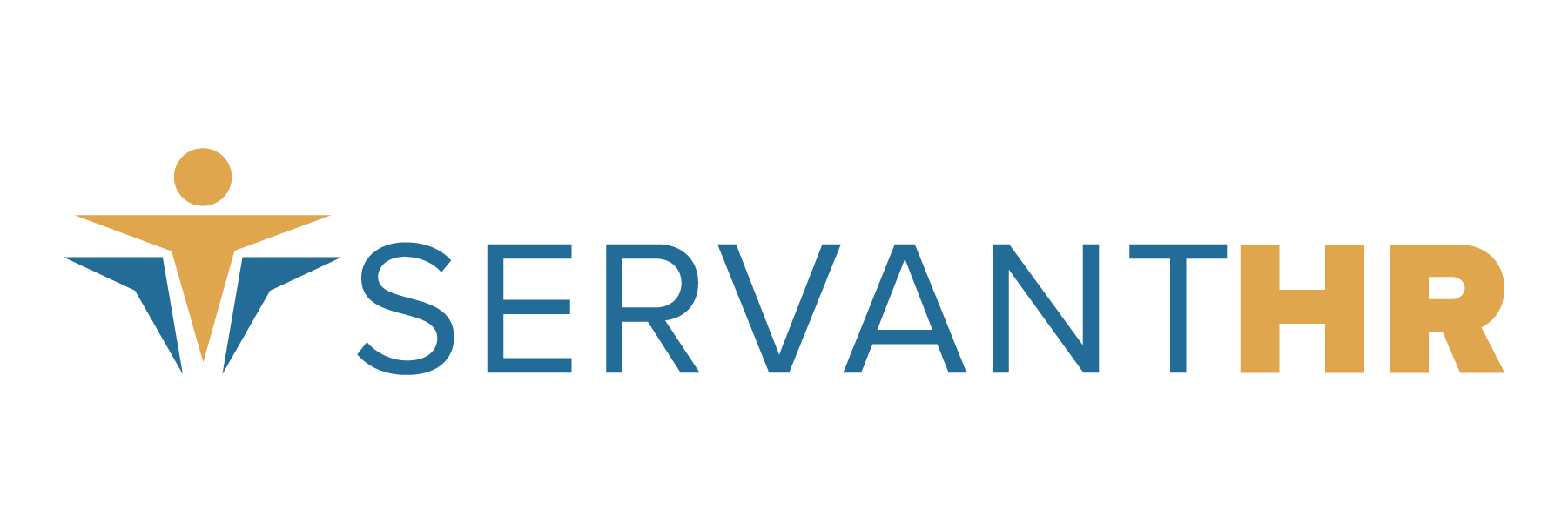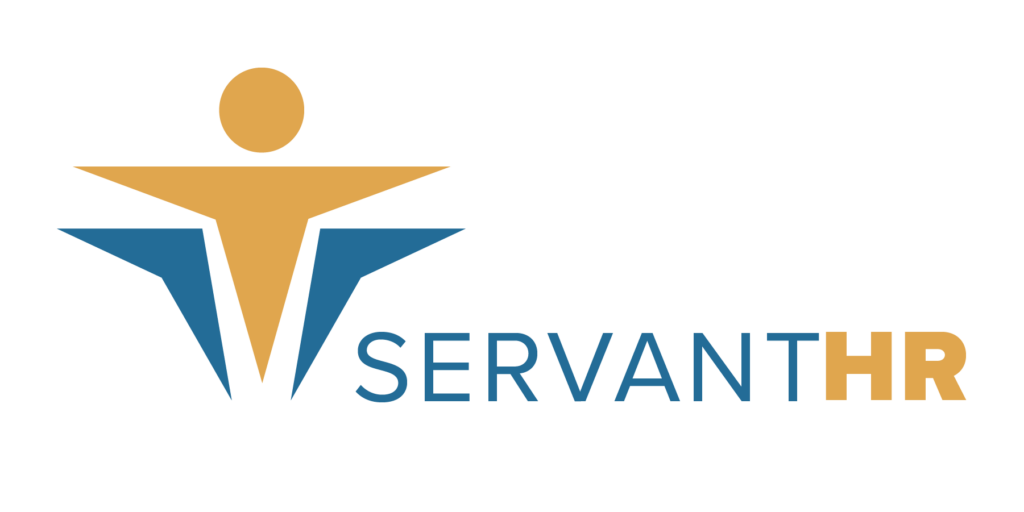When you have an annual checkup, your doctor gathers a lot of information. Height and weight are measured. Your blood pressure and pulse are taken. Blood may be drawn. You answer questions about family history, current diet and medications. The doctor checks your ears, mouth, neck, heart, lungs, stomach, joints, spine, muscles and skin.
You and your doctor know that these clues work together to determine your overall health. Your doctor also uses these clues to recommend changes in your lifestyle to keep you on the healthy track. You can’t separate your diet from your blood pressure from your weight. You have to have an understanding of how these parts work together to take the best care of yourself.
Human resources works the same way. You know that benefits, payroll and risk management are part of an employer’s HR responsibilities, but if they aren’t considered together to see how the parts affect one another, your business won’t be as healthy as it could be. If your HR service providers aren’t working together to diagnose HR problems and detect HR opportunities, your business suffers. A full-service PEO or Professional Employer Organization is like a doctor asking all those questions. Consider the many services and service providers who may be working on your HR from afar, never collaborating or sharing information to make your business healthier.
HR Management
In small or medium-sized businesses, in-house staff people who wear multiple administrative hats are often the ones managing human resources. In these cases, the question becomes, “What level of training or expertise does your staff person have in dealing with tough HR matters?” It’s an important question to consider because human resources management isn’t as obvious or popular as other HR areas. All business owners know they have certain obligations associated with payroll and tax liability. But they might not realize there are actually more compliance issues related to HR management than payroll and tax. The reality is that a trained HR professional can help employers avoid costly missteps related to EEOC, DOL, FMLA, USERRA, PPACA, ERISA, GINA and the rest of the alphabet soup of HR compliance and risk.
HR management becomes more complicated as your business grows. With more employees comes more obligations. If your business has reached a certain level, you may choose to hire a professional with a PHR or SPHR certification. While this may be a smart choice for larger businesses, many small and medium-sized companies can’t afford to hire a full-time HR professional.
Benefits
Most businesses work with a broker to handle the benefits part of their human resources. A broker offers the employer a choice of different insurance benefits. Typically, the broker passes along some numbers to an administrative person on a yearly basis, and that person is tasked with understanding the benefits and passing along that information to any new employees or current employees who have become eligible for benefits over the course of the year.
Ideally, a broker should have an understanding of the different benefits plans available and the level of quality of different carriers. A broker should also understand the culture of your business so he or she can match that with the available benefits. Your benefits should be attractive to employees and a good fit for your organization so that your business can use the options as recruitment and retention tools.
Unfortunately, things like benefits have become so commoditized that the opportunity to maximize what benefits can do for you and your business is being overlooked. Many brokers have tried to add services on the front end with increased communication and hand-holding at the employee level in order to compete in a marketplace that offers a more holistic approach, but they often fall short.
Payroll
Most businesses use some sort of payroll service to make sure employees receive the correct amount of pay on time, and to make sure related tax issues are handled appropriately. When a company chooses to handle payroll in house, it’s often a control issue by the ownership in which someone doesn’t want any confidential information leaving the company. Another reason for handling payroll in house is in a situation where the accounting is atypically complex. For example, if a manufacturer does a lot of piecework, or an engineering or construction firm needs to track how an employee is spending his or her time on projects to determine their contribution to the bottom line, an in-house software program customized to a particular pay setup might be the smartest choice.
Risk Management
At Servant HR, we often hear the misunderstanding that risk management pertains to only worker’s compensation and liability insurance. Employers are often getting this impression from commercial insurance brokers who — you guessed it — provide worker’s compensation and liability insurance. Employers can mitigate risk on a much broader level, and a PEO can often help businesses recognize these opportunities.
Some risk management-related niches cater to certain industries such as construction and healthcare, which require property and casualty insurance coverage. There is often a discount available to employers when they bundle this coverage, so cost savings are a big motivator for employers who may view insurance coverage as a necessary evil.
But things can be done to manage risk without buying up more insurance or bundling policies. This is where a PEO can offer guidance. Safety training can help minimize accidents. General job training can help employers ensure their employees are doing their jobs correctly. Making sure individual employees are classified appropriately helps employers apply the correct insurance to that employee. (Employees such as landscapers go under a certain code. But clerical employees in the office of a landscaping company don’t require the same coverage. A PEO can help you see these cost-saving opportunities.) Employers can follow up with claims to be sure employees who claim they are hurt are indeed hurt. Having policies in place that protect you as an employer is the best way to manage risk, which requires the expertise of an HR professional.
Retirement Services
When most employers think about retirement services, the first things that to mind are 401(k) plans and the less popular pension plan. Companies typically use financial advisors to manage 401(k)s. These relationships often start on an individual level, with the business owner using a financial advisor for personal reasons. As the business grows and the need for retirement services arises, the business owner may turn to this same person to recommend a plan for employees.
The challenge in this way of approaching a 401(k) plan for your employees is the owner’s priorities might not line up with the business goals. The owner is looking for a way to get as much of his or her income sheltered from tax, but that shouldn’t be the only motivation. You must also consider that employees across many earning levels should enjoy the rewards of the plan. It is imperative to have someone in place who understands not only how a 401(k) plan works but also how your company is organized. Who is the best person to assume responsibility for the performance of the plan, for example? Is a 401(k) the best choice or is a business better suited to use an SRP (simple retirement plan)?
HR Management + Benefits + Payroll + Risk Management + Retirement Services
Part of the beauty of a full-service PEO such as Servant HR is that a PEO looks at all of these parts of your human resources together so that your business can be as healthy as possible. We aren’t individuals working on services in silos. PEOs connect the dots of businesses’ HR issues. PEOs are set up to take care of employees from “birth to death,” or from the job application to the retirement party. Through the coemployment model, full-service PEOs also assume some of the risk associated with having employees.
The HR services PEOs provide are getting done in any size business in some way, shape or form with or without a PEO. Payroll has to get done, worker’s compensation matters have to be dealt with, and retirement benefits have to at least be considered. In many cases, businesses rely on some combination of different vendors and often in-house staff to carry out these tasks. While this may be an effective process in some situations, it’s not always the best direction for managing a company’s HR needs.
To find out if a PEO is right for your business, download our guide “Are You a Good Fit?”






